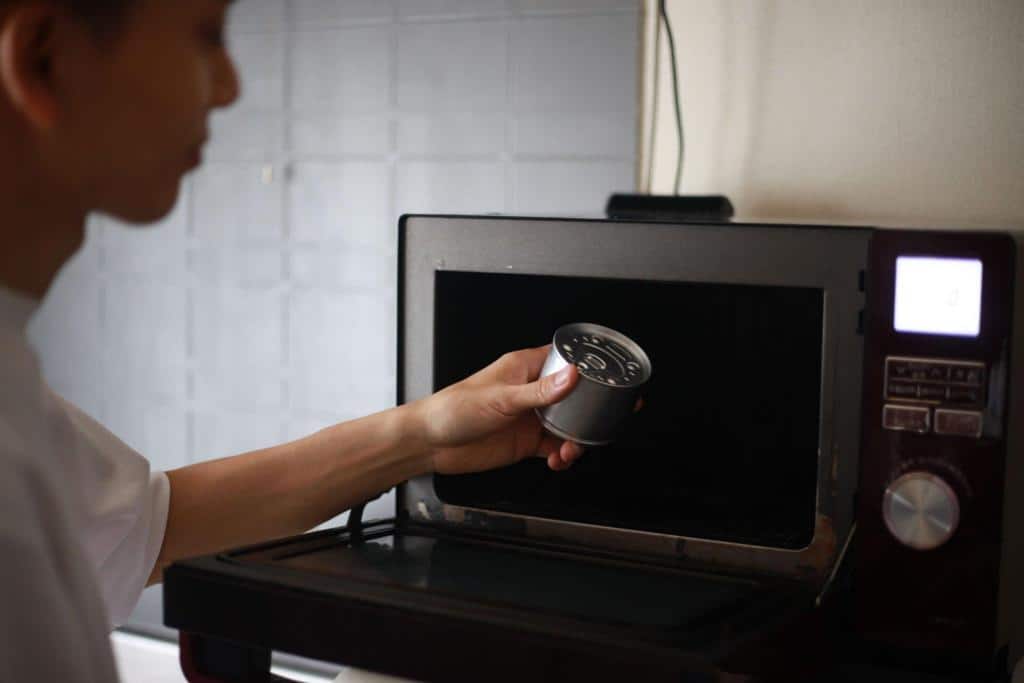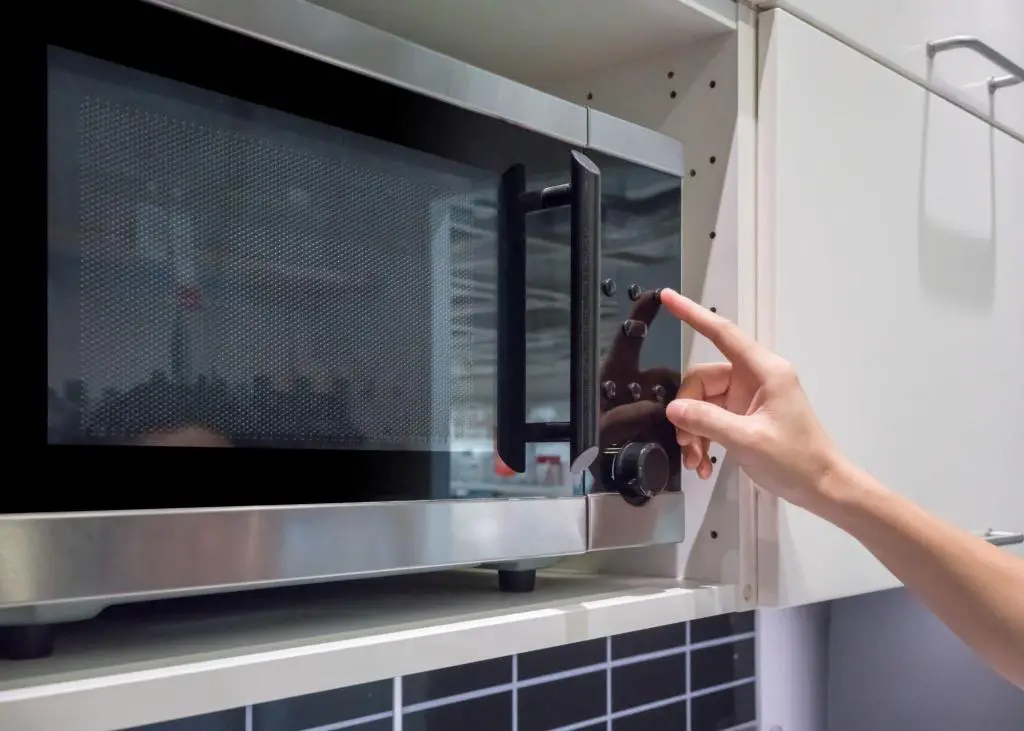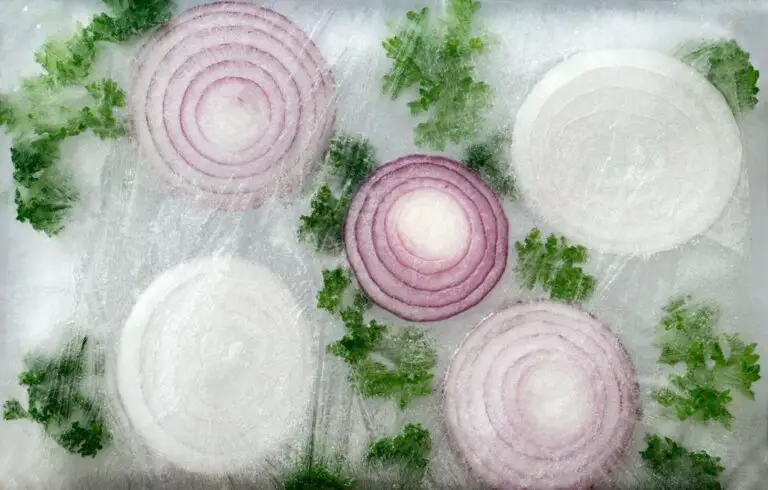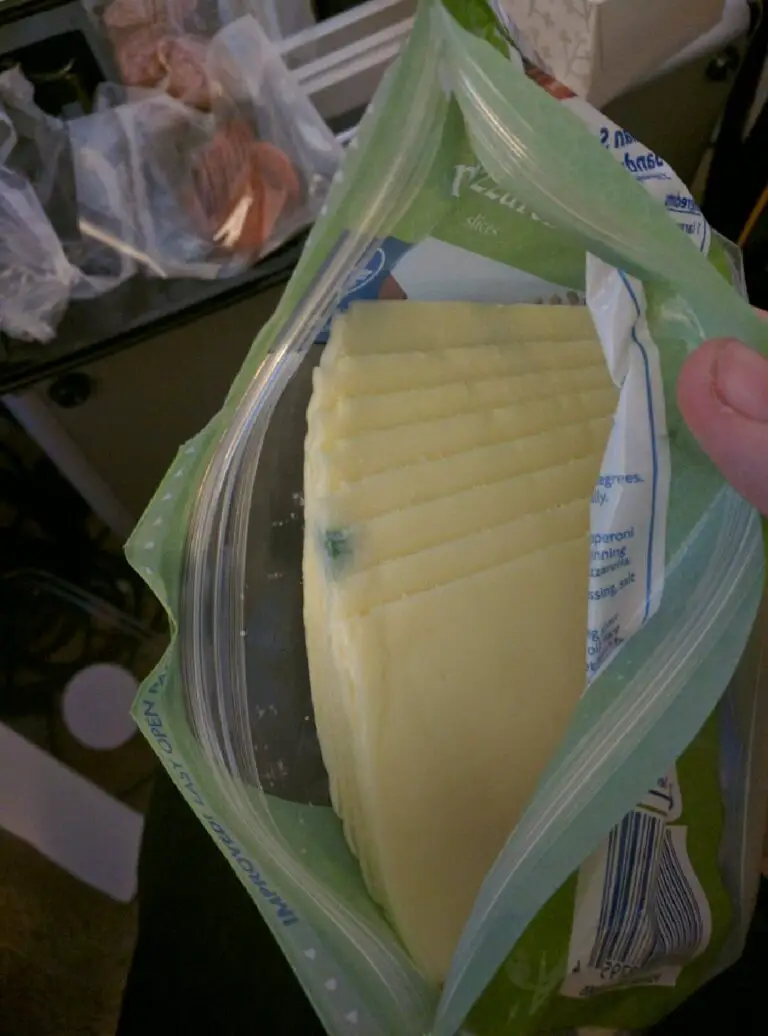Why Do Green Beans Spark in the Microwave? (Causes & How to Prevent)

Microwaves are one of the most convenient and efficient appliances in modern kitchens. They can heat food in a matter of minutes, making meal prep and reheating leftovers a breeze.
Have you ever put green beans in the microwave and then seen sparks come out of nowhere? It’s not uncommon for green beans to produce a mini light show in the microwave, but what causes this phenomenon? And more importantly, how can you prevent it from happening?
In this blog post, we’ll explore the science behind why green beans spark in the microwave and share some simple tips for cooking them safely. Whether you’re a seasoned home cook or a college student microwaving a quick dinner, you won’t want to miss this informative guide to microwaving green beans without any unexpected pyrotechnics!
Is It Safe to Microwave Green Beans?
Green beans are a popular and nutritious vegetable that can be enjoyed in many ways. One of the easiest ways to cook green beans is by microwaving them. However, some people may be concerned about the safety of microwaving green beans, especially due to reports of sparking and other dangers.
So, is it safe to microwave green beans? The answer is yes, as long as you take proper precautions and follow some simple guidelines.
To microwave your green beans, start by washing them thoroughly and removing any stems or ends. Then, place them in a microwave-safe dish and add a small amount of water. This will help to steam the green beans and prevent them from drying out or becoming too tough.
Make sure to cover the dish with a microwave-safe lid or plastic wrap to keep the steam inside and prevent any splatters.
Next, it’s time to cook the green beans in the microwave. Set your microwave to high and cook for about 5–6 minutes, or until the green beans are bright green and crisp-tender.
Be careful not to overcook them, as this can make them mushy and unappetizing. Once the green beans are cooked to your liking, carefully remove the dish from the microwave and let it cool for a few minutes before serving.
What Causes Sparking in Microwaves?
Microwaves are an important part of modern cooking because they make it easy and quick to heat up food. However, as with any electrical appliance, there are potential risks involved.
One common issue that many people face is sparking in the microwave. This can be a scary experience, especially if you’re unsure of what’s causing it.
The main cause of sparking in the microwave is the presence of metal. While microwaves are absorbed by fat and sugar in foods, they’re also absorbed by metal objects. When metal is put into the appliance, the microwaves cause the electrons to move around, producing sparks and heat. This is why it’s important to never put metal objects in the microwave, including aluminum foil or utensils.
Sparks can happen for many reasons, but one common reason is that charged particles build up. This produces a concentrated electric field at the edge of the metal object, which can lead to sparking.
WARNING
It’s important to note that even if the metal object is not in direct contact with the walls or floor of the microwave, it can still cause sparking if it’s close enough to the walls or if the electric field is strong enough.
Why Do Green Beans Spark in the Microwave?
One reason why green beans may spark in the microwave is due to the minerals they contain. Vegetables like green beans are dense and contain minerals such as iron, magnesium, and selenium.
These minerals act like tiny pieces of metal and create an “arcing effect” in microwaves. When these minerals heat up, they can create sparks or arcs of electricity that jump between the green beans and the walls of the microwave.
This sparking is usually safe, but if it happens often or too much, it can cause small burns or damage to the microwave. This effect happens when the electric field of the microwave makes a high voltage difference between two points, which makes sparks jump between them.
Tips for Cooking Green Beans Safely in the Microwave

Microwaving green beans is a quick and convenient way to cook them, but it’s important to take some safety precautions to avoid burns or injuries. Here are some tips for cooking green beans safely in the microwave.
- First, make sure you use a microwave-safe dish that can withstand high temperatures. Ceramics, plastics, and glass are usually safe for microwave cooking, but avoid using metal or foil as they can cause sparks or fires. It’s also important to cover the dish with a microwave-safe lid or plastic wrap to prevent steam from escaping and help the green beans cook evenly.
- Cover the beans with water and a lid. This helps to distribute the microwaves evenly and prevents any build-up of electric fields that can lead to sparking.
- Another safety tip is to be careful when handling hot dishes and steam. Use oven mitts or a towel to remove the dish from the microwave, and carefully remove the lid or plastic wrap to avoid being burned by the hot steam. You should also avoid putting your face or body too close to the dish to prevent burns or injuries.
- Finally, make sure you follow the recommended cooking times and power settings for your microwave. Overcooking green beans can cause them to become mushy and lose their nutritional value, while undercooking them can make them tough and difficult to chew. It’s a good idea to start with shorter cooking times and check the green beans regularly to avoid overcooking them.
By following these safety tips, you can enjoy delicious and healthy green beans cooked safely in the microwave. Remember to always use caution when handling hot dishes and appliances, and never leave your microwave unattended while it’s in use.
Alternative Cooking Methods for Green Beans to Prevent Sparkling in Microwave
While microwaving green beans is a quick and convenient method, it’s not the only way to cook this delicious vegetable. There are several alternative cooking methods that can help you achieve different textures and flavors, depending on your preferences and the dish you’re making. Here are some of the most popular alternative cooking methods for green beans.
Boling Green Beans
One classic method for cooking green beans is boiling them. To boil green beans, start by washing them and removing the stems and ends. Then, bring a pot of salted water to a boil and add the green beans. Cook for about 5–7 minutes, or until the green beans are tender but still slightly firm. Drain the green beans and rinse them with cold water to stop the cooking process. This method is great for making salads, soups, and other dishes where you want the green beans to be soft and tender.
Steaming Green Beans
Another popular method for cooking green beans is steaming them. To steam green beans, place them in a steamer basket over a pot of boiling water. Cover the pot and steam the green beans for about 6 minutes, or until they are bright green and crisp-tender. This method helps to preserve the nutrients and natural flavor of the green beans, making them a healthy and tasty addition to any meal.
Sauteing Green Beans
Finally, you can also sauté green beans for a delicious and flavorful side dish. To sauté green beans, start by heating some oil or butter in a pan over medium-high heat. Add the green beans and some minced garlic or other seasonings, and cook for about 5–6 minutes, or until the green beans are tender and lightly browned. This method creates a rich and savory flavor that pairs well with meats, grains, and other dishes.






